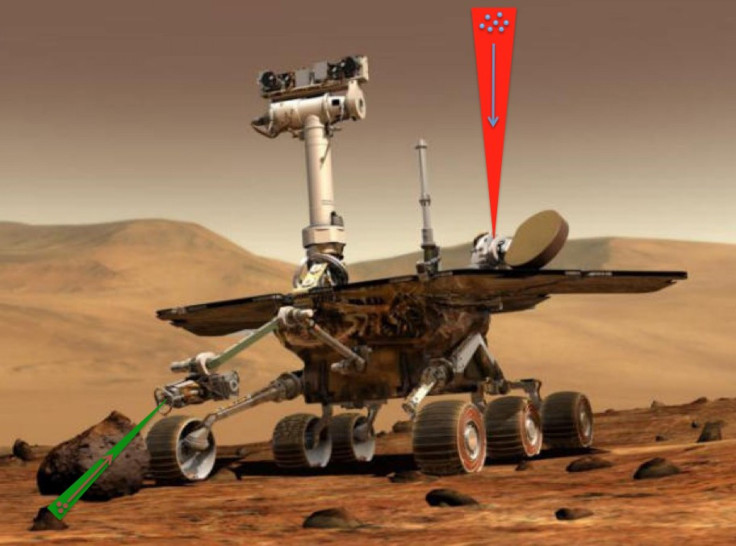NASA Researchers Investigate Tractor Beam Technology

If anyone needs further proof that NASA scientist are fans of "Star Trek" one need only look at the agency's most recent project: the tractor beam.
In science fiction, tractor beams are used to push and pull giant objects in space. Three NASA scientists, Paul Stysley and his team Demetrios Poulios and Barry Coyle, were awarded a $100,000 research grant to study different possible methods involved in collecting particles and moving them using a laser beam.
However, the beams will not be powerful enough to tow any spaceships around. Since the methods will be using light it will only be able to corral very small materials such as single molecules, viruses, ribonucleic acid, or functioning cells.
"The original thought was that we could use tractor beams for cleaning up orbital debris," Stysley said on the NASA Web site. "But to pull something that huge would be almost impossible -- at least now. That's when it bubbled up that perhaps we could use the same approach for sample collection."
The NASA animation shows a hypothetical probe sneaking up on an asteroid and grabbing some of the space rock's trail using a tractor beam. Other applications could be collecting samples from Mars.
The team is trying to figure out which of three techniques is most viable. First there is the optical vortex or "optical tweezers" method. It shines two counter-propagating beams of light resulting in a ring-like structure that traps the particles. Scientists then alternate the strengths of the beams' intensity to heat the air around the particles and move them up the beam. The only flaw in this method is it needs an atmosphere to work, so it doesn't work in the void of space.
The next method uses optical solenoid beams. The beam creates spiraling peaks of intensity around the middle of the ray. Think of it as a spring made out of light. The beam essentially creates a counter force that drives particles towards where the beam emanates from. The technique induces electric and magnetic fields so it doesn't need any atmosphere to work.
The third method is completely experimental and only exists on paper. It uses a "Bessel beam" that creates a ring of light much like a ripple produced when you throw a rock in a pond. The beam would again create an electromagnetic field to move the particles in any direction researchers want.
At this point the scientists are just investigating the best method to collect these tiny particles. After they figure that out, they will invest time in actually creating a system for the tractor beam. So it seems like we're still light years away from zipping around subspace at warp speed and pulling around asteroids with tractor beams.
"We're at the starting gate on this," Coyle said. "This is a new application that no one has claimed yet."
© Copyright IBTimes 2024. All rights reserved.




















